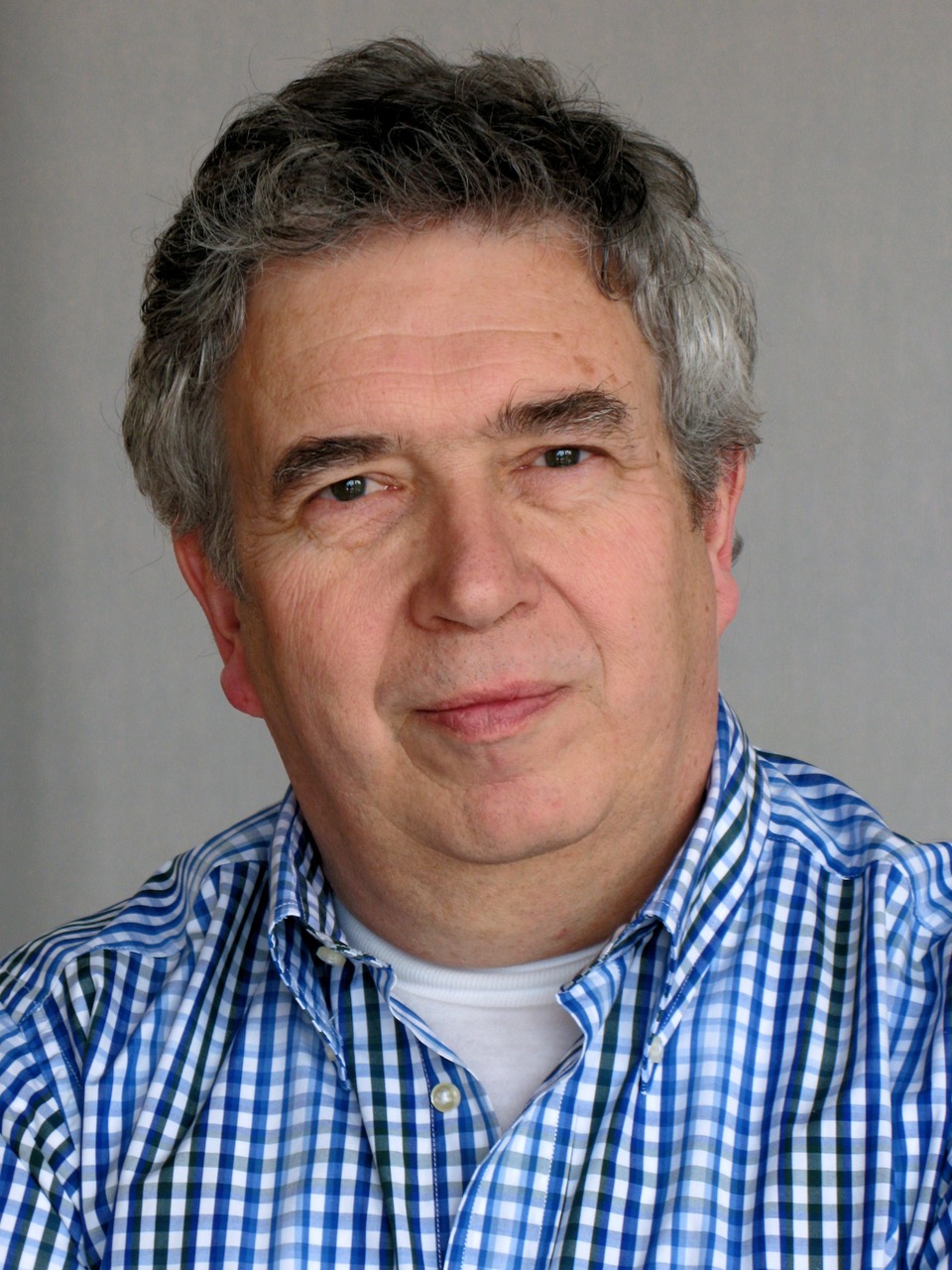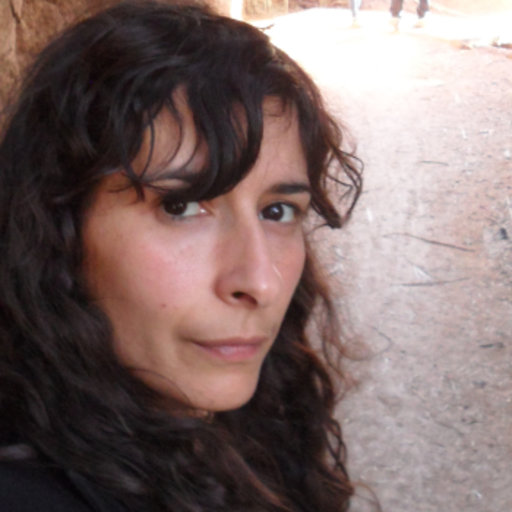Keynote Speakers
 |
An Information-Theoretical Approach Toward SRAM-PUF AuthenticationProf. Dr. Ir. Frans Willems
Frans M.J. Willems was born in Stein, The Netherlands, in 1954. He received the M.Sc. degree in Electrical Engineering from the Technische Universiteit Eindhoven, Eindhoven, The Netherlands, and the Ph.D. degree from the Katholieke Universiteit Leuven, Leuven, Belgium, in 1979 and 1982 respectively. |
 |
Face Perception by the Human Visual SystemOver the past 20 years, advances in signal processing have substantially improved theory and practice of face recognition, with many applications including security and privacy. However, recent developments, such as adversarial examples and hyper-realistic fake faces, reveal the limitations of known methods and expose a persisting gap between how humans and machines perceive faces. Human visual perception results from a complex chain of processes, starting with the spatial frequency- and orientation-selective encoding of luminance in the primary visual cortex (V1). More anterior high-level regions have increasingly larger receptive field and specialize for increasingly more complex shape properties. Some of these high-level regions specialize for given visual categories such as faces or natural scenes. We know very little about how such high-level specialization builds upon primary encoding stages in V1. Our work combines multiple investigation techniques: psychophysics, electrophysiology (scalp EEG, ERP and steady-state), as well as neuroimaging (of V1 and high-level visual regions) and suggests that the specialization of face processing, though emerging at high-level stages of visual processing, roots into the processing of selective ranges of the primary orientation and SF information. Valérie Goffaux Since 2013, Valerie Goffaux is leading the human visual neuroscience lab at UCLouvain (Belgium). By means of psychophysics, neuroimaging and electrophysiological methods, her research aims at understanding how the human brain solves the complex task of face perception. She completed her PhD at UCLouvain (Belgium) under the supervision of Prof. Raymond Bruyer, and postdoctoral fellowships at UCLouvain with Prof. Rossion, at Maastricht University with Prof. Goebel, at the University of Luxembourg with Prof. Schiltz, and at the KULeuven (Belgium) with Prof. Op de Beeck. |
